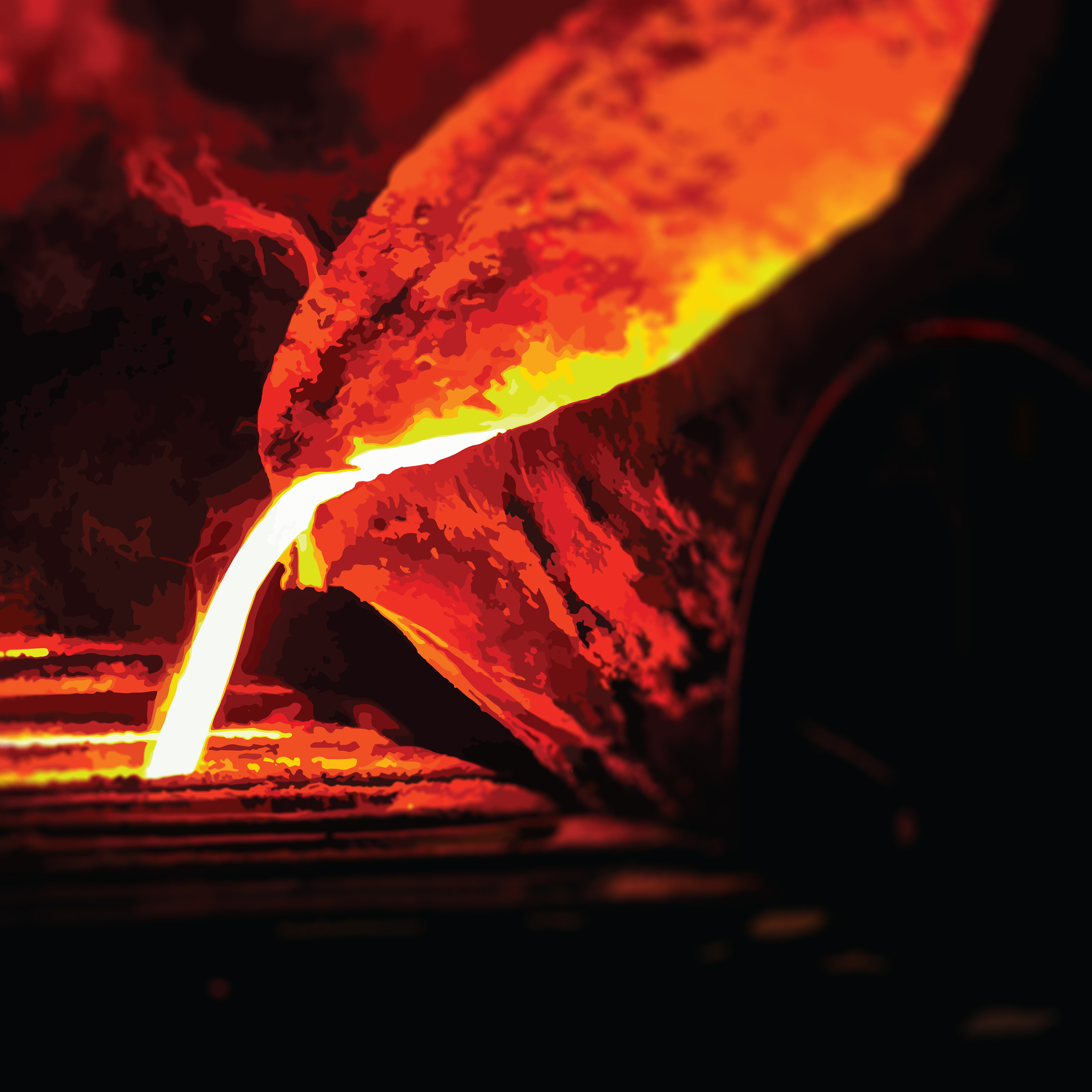
Posted on June 1st, 2018 by Carrier Vibrating
Foundry castings are an essential part of daily life, and with over 90 percent of all manufactured items using a cast part, it’s almost impossible to not interact with a metal casting. Foundries still have thin margins and have to do everything they can to increase efficiency and decrease waste. One major problem is with casting defects, where it’s estimated that for every 1,000 tons of castings, 75 tons are defects that have to be melted down again. The exact rate of casting failure varies from foundry to foundry but can range from 3% to over 25%, which creates severe issues for the foundries.
While some scrap is just a natural and expected part of foundry castings it becomes an issue when casting defects are caused by broken or faulty machinery, poorly conditioned sand, or a fixable issue within the casting line process. For 70 years Carrier Vibrating Equipment has been helping the foundry industry by providing custom equipment for almost every step of the casting process, and our engineers have found a few key places where foundry equipment begins to fail and cause an increase in casting defects.
The springs on vibrating equipment in a foundry work hard whether it’s on a shakeout, or conveyor for cooling castings or sand, or attrition mills and lump breakers, these pieces of equipment run constantly with heavy loads on them. This causes springs to be one of the first things to start to go bad on a piece of vibratory equipment, but often it’s because the fastener attaching it to the equipment has gone bad. To combat this, Carrier uses special Huck Bolts to attach our springs to our foundry equipment, which provides 2-3 times the life of a spring and stabilizer arm.
We also offer a full line of replacement springs and stabilizers, and our 24/7 customer service team will have them shipped to you within 24 hours.
Sand is possibly one of the most important parts of the casting process, as the casting sand must be the correct moisture and quality, and be conditioned for the exact needs of each casting, but if reclaimed sand is reused without being properly reconditioned and dried, it will cause casting defects. Carrier’s custom sand conditioning equipment is designed to cool, dry, screen, and break any lumps within reclaimed casting sand, ensuring it is high quality when it reenters the casting process.
Finally, the cooling process for the just poured castings is just as important, because if they cool too quickly or slowly the metal will deform or shrink. Cooling vibrating conveyor lines must be properly sized to retain the castings for the correct time to cool, and the vibrations must be set to what the casting needs. Small and delicate castings will need gentler vibrations to not damage them, but larger castings will need stronger vibrations to convey and remove sand.
Contact a Carrier Vibrating Equipment engineer today if your foundry casting line is experiencing a high rate of defects and failures, and see how we can help your line become more efficient.







